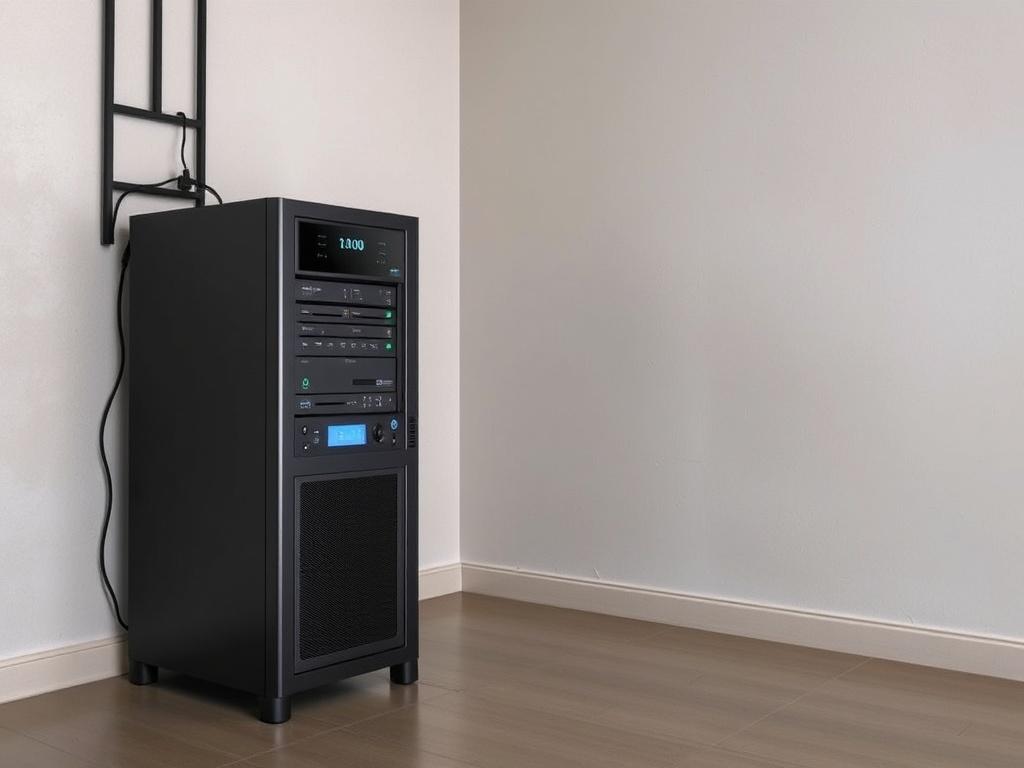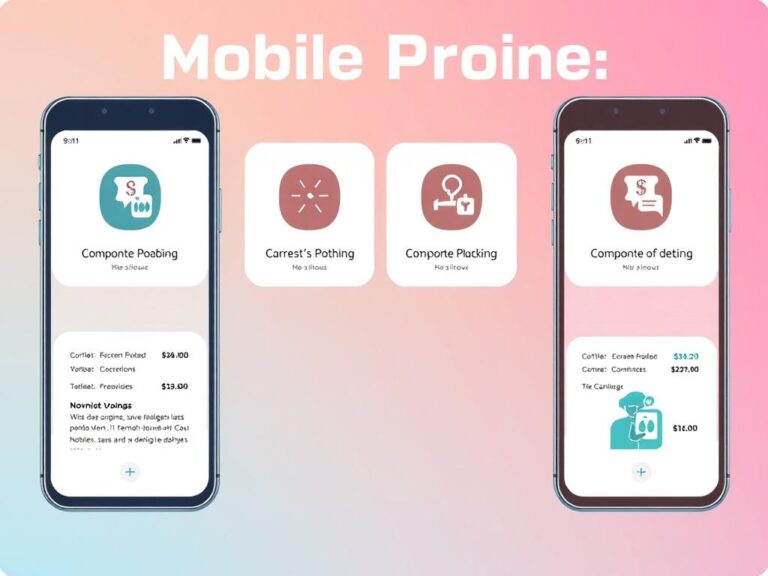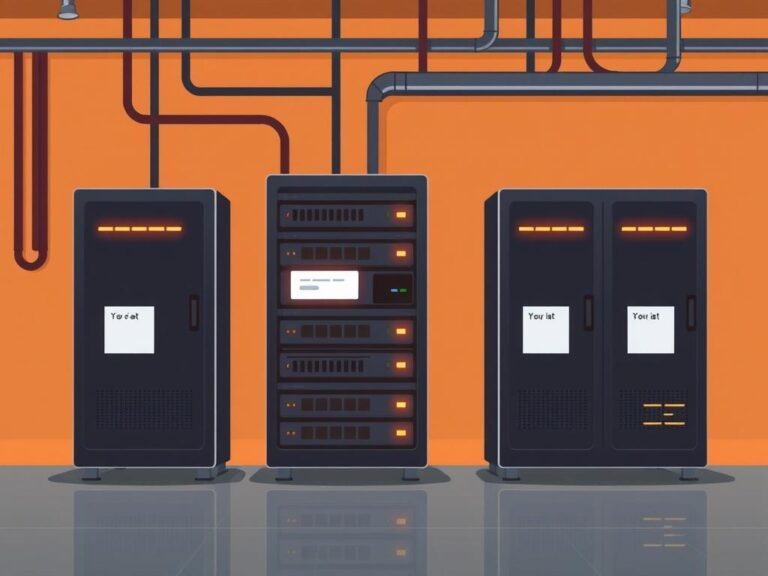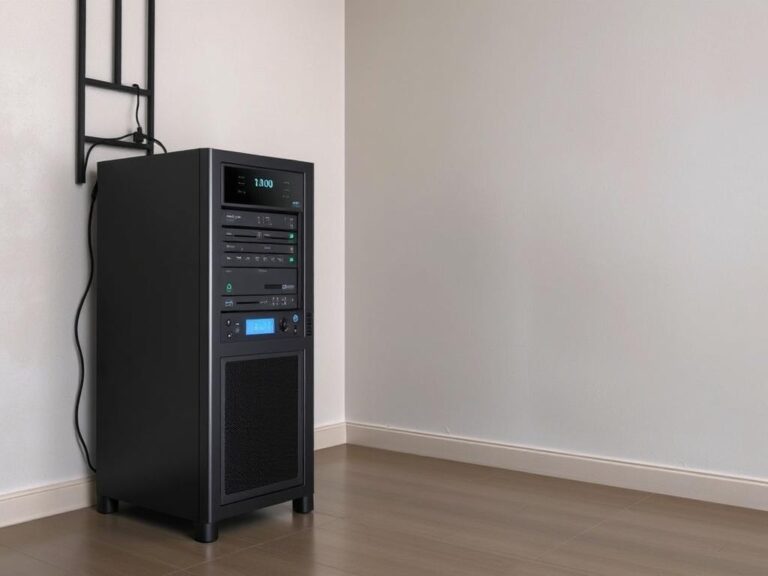
Renting a virtual server can feel like picking an apartment in a city you’ve never visited. Options everywhere, fine print that hides surprises, and a single decision that affects your daily life. This guide walks you through the choices, the tradeoffs, and the practical steps so you end up with a server that fits the workload, the budget, and your tolerance for doing system administration. Think of a virtual private server as a private room inside a larger house. You get your own resources and root access most of the time, but the physical machine is shared with other tenants. That sharing saves money and makes scaling easier than a single dedicated machine, while giving you more control and isolation than typical shared hosting. On the site https://hoster.solutions/en will learn more about renting virtual servers.
What renting a virtual server means in practice
When you rent a virtual server you lease a slice of hardware resources – CPU cores, RAM, disk, and network capacity – that the provider isolates for your use. Virtualization technologies create that slice, and the provider’s hypervisor enforces the limits and separation. You usually get full shell access (Linux) or remote desktop (Windows), plus options for snapshots, backups, and monitoring. Rentals range from simple, low-cost instances for hobby sites to performance-tuned instances for production applications. Providers often offer hourly or monthly billing. Hourly pricing is flexible for short-term tasks; monthly pricing is simpler for ongoing services. Either way, you pay for the environment rather than buying and maintaining hardware yourself.
Why businesses and developers rent virtual servers
Renting virtual servers is popular because it balances cost, control, and speed of deployment. Small businesses can host a website or a backend without investing in racks and electricity. Developers get repeatable environments for testing and deployment. Startups use VPS to launch products fast, then scale into managed cloud services when demand grows. Beyond basic hosting, virtual servers host databases, CI/CD runners, analytics pipelines, game servers, VPN endpoints, and container orchestration nodes. The same VPS can be a lightweight web server today and a testing sandbox tomorrow. That flexibility makes VPS a practical building block in diverse technical stacks.
Types of hosting models and how they compare
There are several hosting models you will encounter. Shared hosting puts many customers into a single environment with limited control. Virtual servers provide isolated virtual machines on shared hardware. Dedicated servers give you one physical machine exclusively. Cloud instances often offer VPS-like behavior but with enhanced APIs, autoscaling, and managed services. Each model has strengths. Shared hosting is cheap and simple for basic websites. Dedicated offers raw performance for demanding workloads. VPS sits in the middle with better control and predictable costs. Cloud platforms focus on elasticity and rich services, but can be more expensive or complex for smaller projects.
Comparison at a glance
| Model | Isolation | Cost | Scalability | Control |
|---|---|---|---|---|
| Shared hosting | Low | Very low | Limited | Minimal |
| VPS | Medium | Low to medium | Moderate | High |
| Dedicated | High | High | Manual | Full |
| Cloud (IaaS) | High | Variable | High | High |
Key technical specs to evaluate
Choosing a VPS is not only about price. Your main levers are CPU, RAM, storage type, network bandwidth, and I/O performance. Consider the workload: a static website needs less RAM and CPU but benefits from fast storage; a database needs more RAM and consistent disk I/O. Here is a short checklist of specs and why they matter:
- vCPU count – determines parallel processing ability and affects single-threaded performance.
- RAM – crucial for databases, caches, and application servers.
- Storage type – SSDs outperform HDDs; NVMe yields even faster I/O.
- Disk size and IOPS – some providers limit IOPS which can throttle databases.
- Network bandwidth and transfer limits – heavy traffic can incur extra costs.
- Public IPs and IPv6 support – required for certain network designs.
- Snapshots and backup frequency – determine recovery speed after failures.
Suggested baseline specs by use case
| Use case | Typical vCPU | RAM | Storage (type) |
|---|---|---|---|
| Small website / blog | 1 | 1-2 GB | SSD |
| Business web app | 2-4 | 4-8 GB | SSD / NVMe |
| Database or analytics | 4+ | 8-32 GB | NVMe with high IOPS |
| CI runners or game servers | 2-8 | 4-16 GB | SSD |
Managed vs unmanaged VPS: which to pick
Managed VPS means the provider handles system updates, security patches, and often monitoring. It costs more but reduces operational burden. Unmanaged VPS is cheaper and gives you full control; you are responsible for maintenance and fixes. For teams with system administrators, unmanaged offers flexibility. For small businesses or those without Linux experience, managed hosting can be worth the premium. Consider long-term operational costs, not just the monthly fee. If downtime costs you money or stress, paying for management is insurance. If you enjoy tinkering and want to optimize every layer, unmanaged gives you the freedom to tune the system.
Security, backups, and reliability
Security in a rented virtual environment starts with basic hygiene: strong SSH keys, disabling root login over password, regular updates, and a minimal open port set. Providers often offer network firewalls and DDoS mitigation that should be enabled. Encryption at rest and in transit is important for sensitive data. Backups and snapshots are safety nets. Snapshots help for quick rollbacks before risky changes; backups stored off-instance protect against hardware failure or provider outages. Understand the provider’s SLA for uptime and how they communicate incidents. Having a monitoring setup that alerts you quickly is one of the highest ROI practices for production servers.
Pricing factors and hidden costs
The headline price may hide costs that appear later. Common extras include outbound bandwidth overage, charged snapshots, additional public IPs, automated backups, managed services, and premium support. Data transfer pricing can be a major factor for traffic-heavy applications. Here is a quick table of frequent billing items and why they matter:
| Cost item | Potential impact |
|---|---|
| Data transfer | High for media sites; can exceed base cost quickly |
| Backups & snapshots | Useful but billed by size and frequency |
| Reserved IPs | May be limited or charged separately |
| Managed support | Adds predictable monthly fee |
| Load balancers and CDN | Improve resilience but increase cost |
How to choose a provider: a practical checklist
Picking a provider boils down to needs, trust, and clarity. Follow these steps:
- List your requirements – CPU, RAM, storage, network, backups, OS support.
- Estimate traffic and growth to plan bandwidth and scaling.
- Compare SLAs, support response times, and incident history.
- Check security features: firewalls, private networking, DDoS mitigation.
- Read billing documentation carefully for hidden fees.
- Test the provider with a short-term instance before committing long-term.
A short trial helps reveal performance variability, network latency, and support quality faster than any spec sheet.
Migration and setup tips
Moving to a rented server is a project with small steps that reduce downtime. Start by provisioning the target server and installing a minimal OS. Harden SSH access and enable firewall rules. Use rsync or similar tools to transfer files, and keep databases in sync with replication or dump-and-restore as appropriate. Test everything using a staging domain or hosts file overrides. When ready, lower TTL values on DNS records ahead of the cutover to reduce propagation delay. Keep a rollback plan: know how to switch back to the original server or route traffic to a failover system if something goes wrong.
Common pitfalls and how to avoid them
Many problems come from assumptions rather than technical issues. Common pitfalls include underestimating I/O needs for databases, ignoring bandwidth charges for media hosting, choosing the lowest-cost option without testing performance variability, and skipping backups because they “seem unnecessary.” Avoid these by measuring current resource use before selecting a plan, testing the provider under expected loads, and automating backups and monitoring from day one. Also beware of vendor lock-in with proprietary managed services. If portability matters, stick to standard images, widely supported operating systems, and documented APIs for automation.
Conclusion
Renting a virtual server gives you control without buying hardware, but good results require clear requirements, attention to storage and network performance, a plan for security and backups, and a realistic budget that includes hidden costs. Test before committing, automate monitoring and backups, and choose managed services when operational risk outweighs cost savings. With the right choices, a VPS becomes a reliable, flexible foundation for websites, apps, and development workflows.





Recent Comments